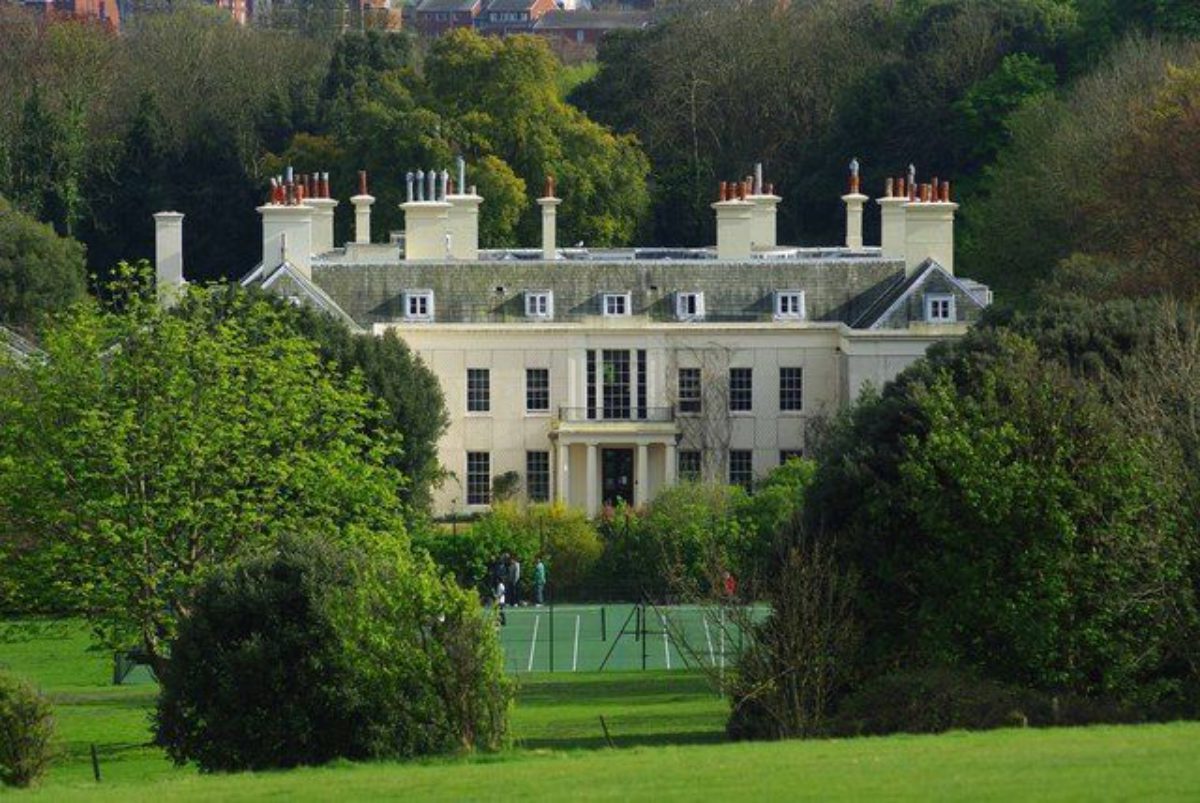

There are several trails on the area that provide opportunites for hiking, biking, and horseback riding. A regulations sign at the start of the course instructs users in proper procedures. These features are protected and managed to maintain or increase their natural qualities.Īn archery field course with 6 individual stations is located near the east parking lot, just off Compton Hollow Road. Compton Hollow contains several small dolomite glades and a dry-mesic chert woodland. Food plots, forest thinnings and small forest clearings are designed to improve wildlife habitat and natural community health.


The area is home to numerous game and non-game species, including deer, turkey, squirrel, and raccoon.

Several small ponds provide wildlife watering holes. Non-forested areas are composed of old fields and wildlife food plots. Approximately 90 percent of the area is forested. Visitors can also access the northwestern part of this area from Conservation Lane, off of Route B. Visitors can access this 840-acre area from Compton Hollow Road, where two parking lots are located about 0.75 mile apart. Old House Handbook: A Practical Guide to Care and Repair by Hunt.Compton Hollow Conservation Area is located in Webster County. Old House Handbook 2 Books Bundle Collection (Old House Handbook: A Practical Guide to Care and Repair,Old House Eco Handbook: A Practical Guide to Retrofitting for Energy-Efficiency & Sustainability) Will need to do so by editing the Wikidata entry. Wikidata IDs may be related buildings as well as this specific building. To the East of the house is the office wing built of cobbles which is not of any distinction and adjoining it a 2nd set of stables and coach-houses probably added by Lord George Cavendish in the early C19.Įxternal links are from the relevant listing authority and, where applicable, Wikidata. See H Avray Tipping's article in "English Country Homes, Period 5". The interior of the house has good plaster work on the walls, also on a ceiling in 1 of the bedrooms, 5 chimney pieces, doorcases, staircase etc. This is a canted bay with an iron balcony round it on the 1st floor and a curved bay on the ground floor with 4 Doric columns supporting the entablature - 1 between each window.
#COMPTON PLACE WINDOWS#
The South or garden front has 13 windows, a slight projection at each end and a bay of 3 windows in the centre. The North front has 9 windows and 6 dormers a large 3 light sash window in the centre of the 1st floor and the same on the ground floor of the wings and a large porch with 4 Doric columns and an iron balcony above. Originally red brick, stuccoed in the early C19. It is an E shaped building consisting of a centre portion and 2 projecting wings. The present house was built in 1726 for Sir Spencer Compton, Earl of Wilmington (c1674-1743), on the site of a Jacobean house which was remodelled by the architect Colen Campbell (1676-1729). Extensively altered and stuccoed circa 1800 for Lord George Cavendish (1754-1834 - later 1st Earl of Burlington of the second creation). This list entry was subject to a Minor Amendment on


 0 kommentar(er)
0 kommentar(er)
